One of the greatest mysteries of ancient Egypt lies in the type of tools used to build the massive structures of the Giza Plateau. There is no reasonable explanation for how the ancient Egyptians cut large stone slabs and assembled them with inexplicable precision. According to available explanations, the intricate designs of these ancient structures were built using common and primitive tools combined with extraordinary human efforts.
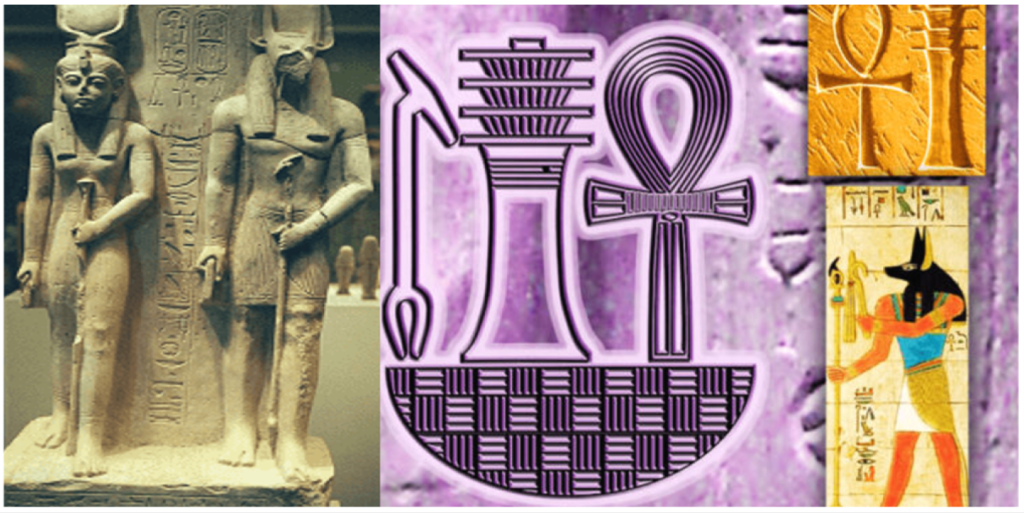
Additionally, by examining other ancient structures in other parts of the world, one can find similar construction techniques and designs. Around the world, T-shaped or hourglass keystone cuts are found in massive ancient megalithic structures.Metal alloys were cast into keystones to reinforce the walls, using this knowledge that was shared around the world.
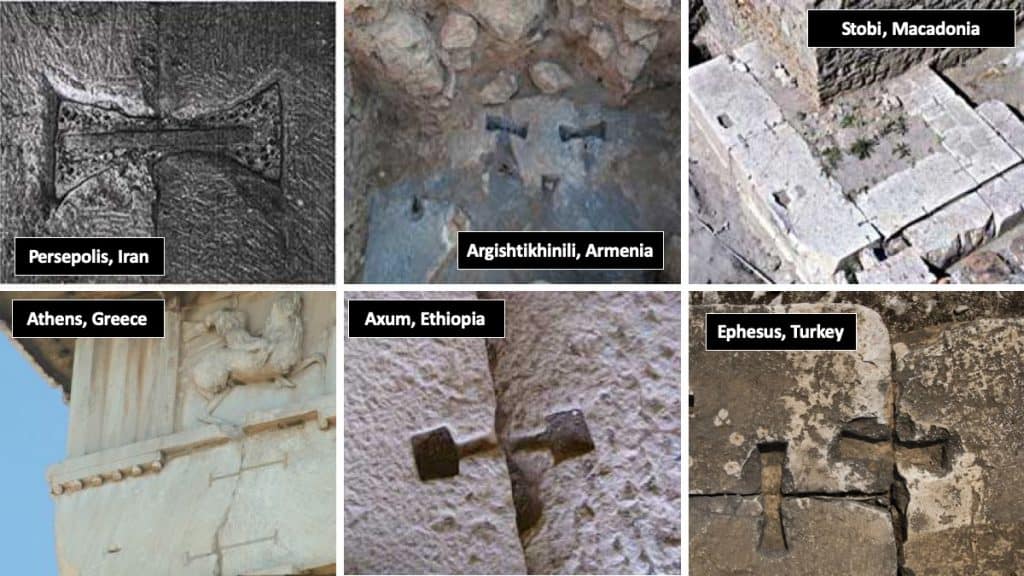
Scientists and historians have tried for years to understand the mysterious construction of these grand ancient structures, but there is another mystery that has baffled experts: Why are there no records of construction methods and what happened to the tools? Why don’t we find any traces of tools or what if we misunderstand them?
For many people, ancient times were filled with primitive (outdated) technology. Everything that humans have achieved in the field of technology has only been achieved in the last few centuries.But looking at the ruins of past civilizations, it’s hard to believe that our ancestors were unaware of advanced technology.
An account by the ancient Arab historian and geographer Abu al-Hasan Ali al-Mas’udi (also known as Herodotus of the Arabs) shows that levitation was used to move Move huge blocks of stone. His text, written in 947 AD, clearly shows that in the early Arabic legends there is a fascinating story suggesting that the creation of the pyramids in Egypt was completely unrelated nothing to do with the common technologies of the time.
Nick Redfern, the British best-selling author, writes:
“When building the pyramids, their creators carefully positioned what was described as magical papyrus underneath the edges of the mighty stones that were to be used in the construction process. Then, one by one, the stones were struck by what was curiously, and rather enigmatically, described only as a rod of metal. Lo and behold, the stones then slowly began to rise into the air, and – like dutiful soldiers unquestioningly following orders – proceeded in slow, methodical, single-file fashion a number of feet above a paved pathway surrounded on both sides by similar, mysterious metal rods. For around 150 feet, Al-Mas’udi noted, the gigantic stones moved forward, usually with nothing more than the very gentlest of prods – from the keeper of the mysterious rod – to ensure they stayed on-track, before finally, and very softly, settling back to the ground. At that point, the process was duly repeated. The stones were struck once more, rose up from the surface, and again traveled in the desired direction, for yet another 150 feet or so. And so the strange, repetitive task continued, time and time again, until all of the stones finally reached their ultimate destination.”
Many people believe that the mysterious staff held by Egyptian gods such as Anubis in many ancient paintings and wall art may have been a form of tool. This staff, called the “Was-sceptre”, was a symbol of power carried by many gods, who in many depictions passed it on to the king, often along with other symbols such as the ankh sign and Djed column. In a funerary context, the Was scepter is responsible for the well-being of the deceased and is therefore sometimes included in funeral accoutrements or the decoration of tombs or coffins. The scepter is also known as the amulet. The Egyptians conceived of the sky as supported by four pillars, possibly in the shape of a Was scepter. The Scepter of Was was also the symbol of the fourth nome of Upper Egypt, the nome of Thebes (called “Waset” in Egyptian).
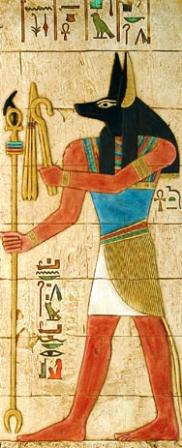
In some images, the Scepter of Was supports the roof of a cathedral under the supervision of Horus. Similarly, the Djed can be seen on temple lintels, which appear to support the sky in the Djoser complex at Saqqara. A video from Ancient Architects shows the use of tuning forks by the Egyptians. In the video, the narrator explains that the Egyptians may have used objects such as the Was scepter and tuning fork to cut through the hardest stones using the power of sound and vibration.
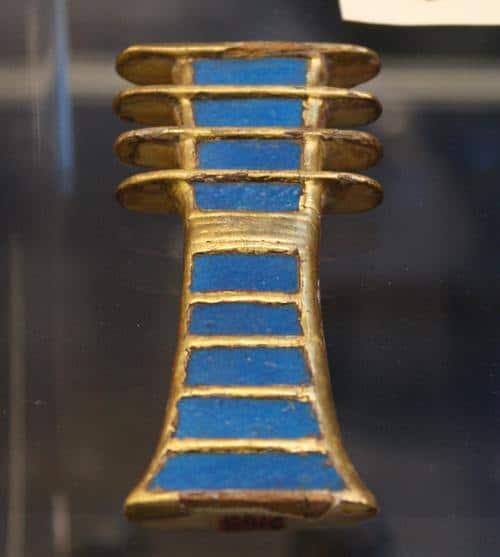

Depictions of tuning forks are found on statues of Isis and Anubis, each holding a staff. Among the gods, an engraving shows two tuning forks seemingly connected by strings. Below the fork, a round object with four prongs is placed in the center and almost resembles an arrow pointing upward. Interestingly, the video mentions an unverified email dated December 10, 1997, suggesting that the Egyptians found ancient tuning forks but were unable to determine their true target.
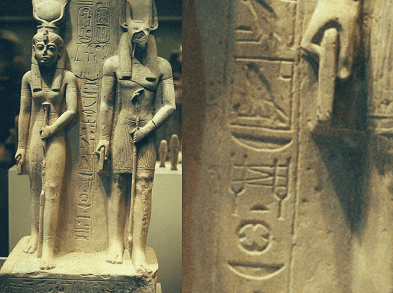
“Some years ago an American friend picked the lock of a door leading to an Egyptian museum store-room measuring approx 8 feet x ten feet. Inside she found ‘hundreds’ of what she described as ‘tuning forks. These ranged in size from approx 8 inches to approx 8 or 9 feet overall length and resembled catapults, but with a taut wire stretched between the tines of the ‘fork.’ She insists, incidentally, that these were definitely not non-ferrous, but ‘steel. These objects resembled a letter ‘U’ with a handle (a bit like a pitchfork) and, when the wire was plucked, they vibrated for a prolonged period. It occurs to me to wonder if these devices might have had hardened tool bits attached to the bottom of their handles and if they might have been used for cutting or engraving stone, once they had been set vibrating.”
According to the acoustician named John Stuart Reid, the King’s chamber in the Great Pyramid of Giza was designed to reverberate in order to increase the sound energy from ritualistic chants. He claimed that his chronic pain in the lower back was healed while conducting cymatic experiments in the pyramid. Fascinated with the sound of vowels, the ancient Egyptians knew about their acoustic power. They believed that these sounds could generate vibrations with healing abilities. Using a method called “toning,” they manipulated the vowel sound using breath and voice to render therapeutic sounds. Musicologist Laurel Elizabeth Keys writes in her book titled “Toning: The creative power of voice”: “Toning is an ancient method of healing. The idea is to simply restore people to their harmonic patterns.”
According to Ancient Origins, the ancient Egyptians benefited from the “sound” in the construction of the Great Pyramid in Giza, and relied on the discovery of a dead end in the rock inside the pyramid room as a tube of acoustic resonance that generates ultrasonic waves at a base frequency within 5 Hz. Were the builders of the pyramid in ancient Egypt aware of some very expressive forms of sound technology?
References:
- https://www.landofpyramids.org/was-sceptre.htm
- https://mysteriousuniverse.org/2012/10/the-sailing-stones-of-egypt/
- https://www.soulveda.com/wellbeing/sound-healing-in-ancient-egypt/






